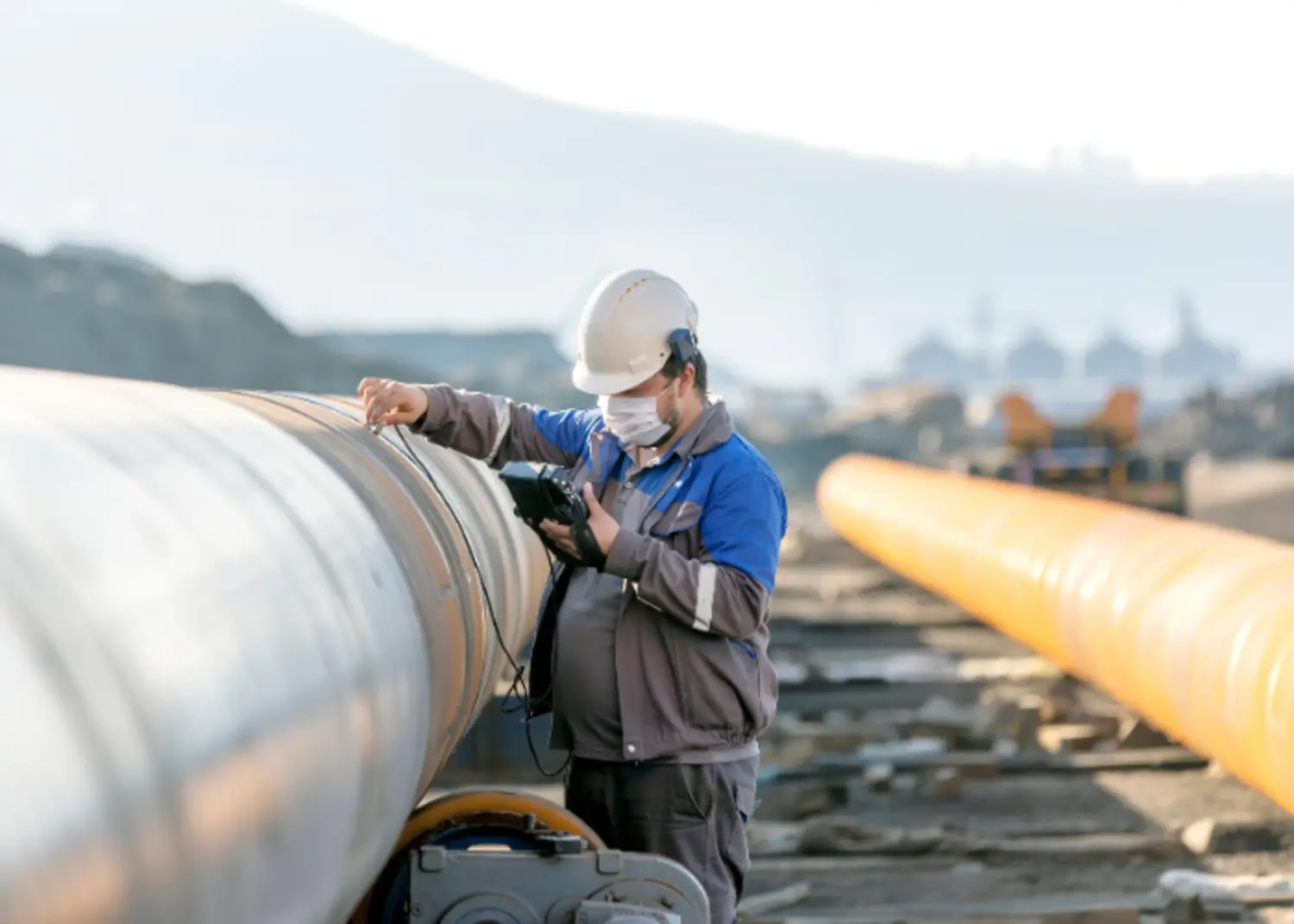The Established Role of Non-Destructive Testing (NDT) in Industry
In today’s industrial world, quality, safety, and sustainability are more important than ever. Especially in critical sectors such as petrochemicals, natural gas, energy, manufacturing, and construction, the safety of structures and equipment is of strategic importance. To meet these needs, it is essential to carry out inspections and evaluations while systems are still operating. This is where Non‑Destructive Testing (NDT) comes in. NDT includes a group of technical methods that detect internal and surface defects of materials during production, installation, or maintenance—without causing any damage to the equipment.
Main NDT Methods and Basic Principles
Among the most widely used and critical NDT techniques in industry are Visual Testing (VT), Penetrant Testing (PT), Magnetic Particle Testing (MT), Ultrasonic Testing (UT), and Radiographic Testing (RT). These methods use different physical principles to detect surface and internal defects in materials.
-
Visual Testing (VT) is the simplest and fastest method. It identifies surface defects on weld seams, paint layers, and other areas using magnifiers, mirrors, or endoscopes.
-
Penetrant Testing (PT) involves applying a colored liquid to the surface of the material to detect fine cracks. After removing the excess liquid, a developer is used to reveal red marks where defects exist.
-
Magnetic Particle Testing (MT) is used only on magnetic materials. The part is magnetized, and magnetic particles are applied. Defects appear where magnetic field lines are interrupted.
-
Ultrasonic Testing (UT) works on the principle of sound wave reflection. Internal defects are detected based on how sound waves break or reflect within the material.
-
Radiographic Testing (RT) uses X-rays or gamma rays. Defective areas are identified through films or digital images.
Each method has its advantages and limitations. For example, UT allows deep inspection, while PT is only effective for surface cracks.
Why is NDT So Important for Industrial Companies?
There are several key reasons why NDT is widely used in industrial environments:
-
Quality Assurance and Certification
Global standards (such as ASME, ISO, and EN) require strict control of welding, welding procedures, and production processes. NDT is a key part of this and supports companies in accessing international markets.
-
Risk Reduction and Safe Operations
In sectors like petrochemicals, energy, mining, and shipbuilding, equipment failure can lead to serious risks. NDT helps prevent accidents through early detection and proactive maintenance.
-
Cost and Time Efficiency
Since the part does not need to be removed from the production line, and analysis can be performed without field replacement or repair, NDT saves time and reduces operational costs.
-
Documentation and Traceability
Reports supported by images offer solid reference points for reanalysis and legal or production-based justifications.
How is an NDT Process Carried Out?
The NDT process is step-by-step and systematic. It starts with a visual inspection, followed by selecting the appropriate NDT method for the material. The data collected during testing is analyzed and documented. The final report helps guide decisions regarding equipment assessment, project approval, or necessary interventions. At Enkomet, these processes are conducted both in the field and in laboratory conditions, ensuring complete control at every stage.
NDT at Enkomet: Expertise at Every Step
Enkomet Inspection & Engineering was founded in İzmir in 2015 and has been operating globally since 2022 with a branch in Essen, Germany. The company provides services such as NDT, welding inspection, quality control, and expediting for critical sectors including energy, petrochemicals, mining, shipbuilding, manufacturing, and construction.
All NDT personnel at Enkomet hold at least Level‑2 certification and comply with ISO 9712 or ASNT SNT‑TC‑1A standards. Additionally, the company is supported by engineers qualified in global welding standards such as IWE, IWT, IWI, ASME IX, AWS D1.1, and API 1104. This ensures Enkomet’s services meet international standards both in Turkey and across Europe.

